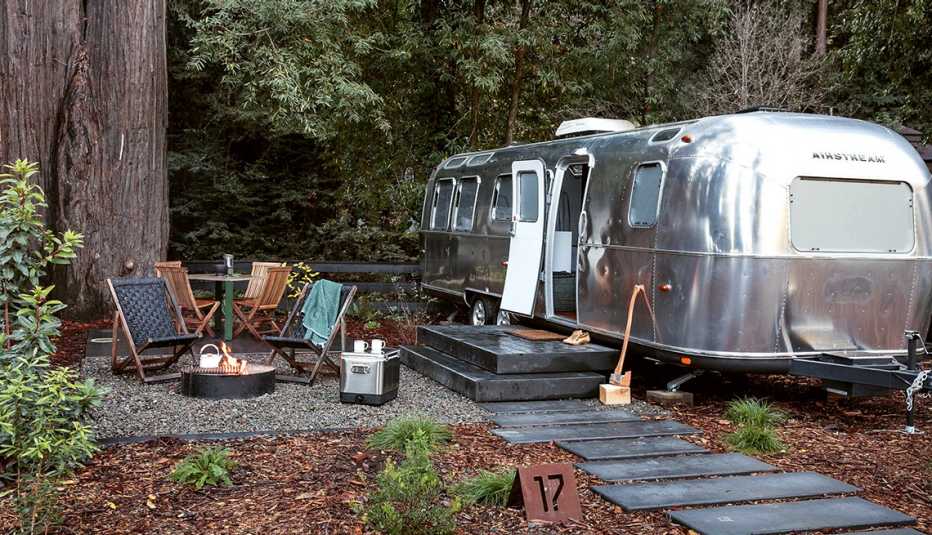Staying Fit
Cancún owes its existence to the dazzling beaches that line the Caribbean shore, but those strands are mere baubles in the trove of natural wonders that await on the Yucatán Peninsula. Despite rampant tourism development in recent decades, much of the land has changed little since the Maya took custody around 1500 BC.
That means beachgoers are always just minutes away from an array of natural wonders: cenotes (natural sinkholes), caverns, underground rivers, the Western Hemisphere’s largest barrier reef, low jungle and mangrove forests. An unusually high percentage of the region’s immense variety of wildlife is found nowhere else. These are the places where you move beyond the sun-drenched sands, even beyond admiring the ancient Maya ruins, and begin to understand how this land gave rise to one of the world’s most advanced civilizations.


AARP Membership— $12 for your first year when you sign up for Automatic Renewal
Get instant access to members-only products and hundreds of discounts, a free second membership, and a subscription to AARP the Magazine.
Here are the best eco-attractions for a back-to-nature experience.
Cenotes
Few natural water features are more intriguing than the cenote, created by breaches in the subterranean basin’s ceiling to reveal crystalline waters hundreds of feet deep. An estimated 6,000-plus cenotes can be found on the Yucatán — some accessible only through a fissure in the porous limestone and others partly or completely open, resembling a pond and begging you to refresh with a dip.
Immersed in the fresh, cool water, with sunlight filtering through holes in the ceiling to spotlight otherworldly rock formations and ropey tree roots seeking water from above, it’s easy to see why the Maya considered cenotes sacred portals to the underworld. Popular eco-parks up and down the Riviera Maya south of Cancún enclose cenotes, and outfitters offer a wide variety of tours. But to feel the magic that inspired the Maya to hold religious ceremonies in them, you can visit smaller sites on your own (renting a car comes in particularly handy when cenote-hopping).
Some cenotes are accessible by public transportation, but they are best explored by car and usually require some walking through the jungle for the entrance point to reach them. Bring a hat, biodegradable sunscreen, water, snacks and cash for entry fees, which may range from about $2 to $7 and more, depending on facilities (most have restrooms, at the least).
Dozens of cenotes and caves are open to the public along coastal Highway 307. At Cenote Azul, where you can swim with catfish in several large pools, a wooden lounging deck juts over the water and walkways offer easy access. Gran Cenote’s crystal-clear waters lead to seemingly endless caverns where snorkelers can glimpse striking rock formations. Jardín del Edén resembles a huge swimming pool with abundant rocky outcroppings for lounging in the sun after a swim among tropical fish and eels. Life jackets are usually available for rent and are often required if you plan to enter the water.
There are plenty more cenotes to explore, and new ones seem to pop up every day; just follow the rustic wooden signs along the highway. The Ruta de Cenotes (cenote route) out of Puerto Morelos is also riddled with well-marked cenotes. The road is lightly traveled, and most sites welcome walk-ins, except for Selvatica, which has been turned into an elaborate adventure park.
































































